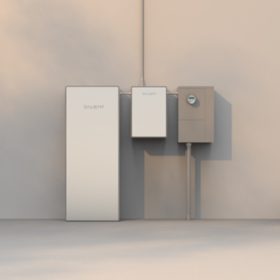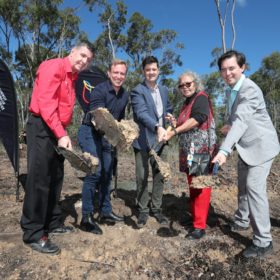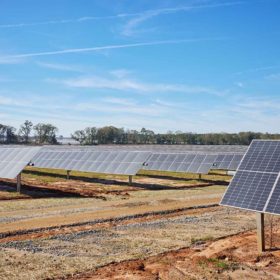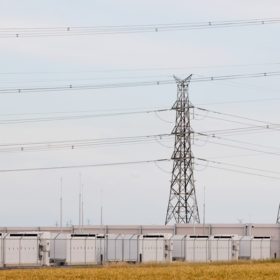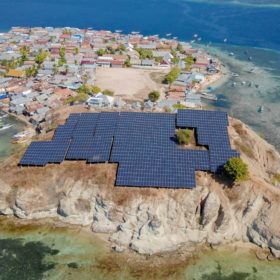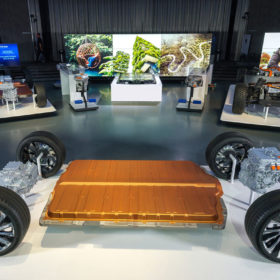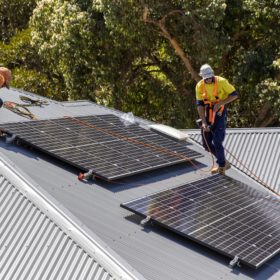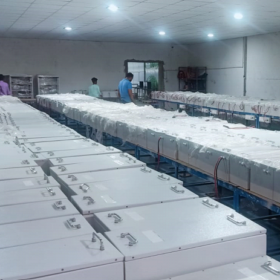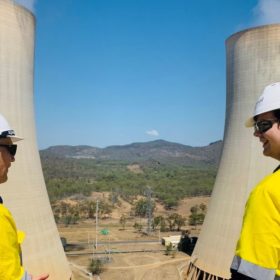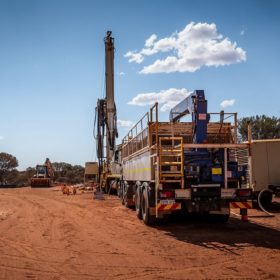Water-based zinc-ion battery for stationary energy storage
Salient Energy developed the water-based zinc-ion battery to have the same power, performance, and footprint as lithium-ion systems without the safety risk.
ESI begins work on ‘Australian first’ flow battery manufacturing facility
Construction has commenced on Australia’s first large-scale iron-flow battery manufacturing facility in Central Queensland, one of a series of projects the developer says has the potential to deliver 20% of the nation’s renewable energy storage needs.
Squadron begins work on $3 billion Queensland wind and solar hub
Australian resources company Squadron Energy has commenced construction on a 1.2 GW hybrid wind, solar and battery energy storage project in Central Queensland that is expected to deliver crucial capacity into the grid as Australia transitions to a renewable energy future.
‘Missing piece of the puzzle’: 3 GW of battery projects make it to ARENA’s grid forming shortlist
ARENA today announced 12 projects with a combined capacity of 3 GW are on the shortlist for its $100 million Large Scale Battery Storage Round which aims to support to rollout of storage fitted with grid forming capacities.
Solar-plus-storage for Indonesian islands
Indonesian remote islands are increasingly resorting to solar-plus-storage to cover most of their electricity demand. According to new research from LUT University, combining PV with batteries may help islands to cover around 60% of demand with renewable energy.
Battery minerals help drive resources exports to new records
Global efforts to build energy and transport systems based on lower-emission sources are expected to drive Australia’s mining and energy export revenues to record highs of more than $400 billion for a second consecutive year.
RAA expands solar network as concerns spark demand
With the spike in global energy prices sparking increased interest in renewable technologies, the Royal Automobile Association of South Australia has expanded its solar PV and battery energy storage offerings through the acquisition of Adelaide-based installer Living Energy and Lovell Electrical.
Indian manufacturer plans new lithium battery factory
India’s Sanvaru is expanding its lithium battery production capacity to 400 MWh per year by setting up a new factory in the Indian state of Uttarakhand. Its devices are used for stationary and EV storage.
Stanwell plans 2.9 GWh big battery next to coal unit
Queensland government-owned energy generator Stanwell has revealed plans to a build a massive 1.45 GW/2.9 GWh battery storage system alongside the coal-fired Stanwell Power Station in central Queensland as the state government looks to ramp up energy storage capacity to support the transition to renewables.
Liontown gives $545 million lithium project go-ahead after locking in Ford offtake deal
Australian miner Liontown Resources has declared the way is now clear for construction to commence on its $545 million Kathleen Valley Lithium Project in Western Australia after inking an offtake agreement and $300 million financing facility with global car manufacturing giant Ford Motor Company.
